SUMMARY:
If the website developer follows the idea of C.R.A.P they will have an easier time guiding their user’s eyes throughout the website. Using the idea of C.R.A.P allows the website developer to guide the user through items on the webpage without having to use boxes or arrows to point to the next element. Contrast, repetition, alignment, and proximity is also visibly appealing to the user. Pages seem to flow and are easier to understand when buttons are the same size.
key terms:
Contrast – Use separation for unlike elements or elements that need emphasis
Examples of contrast:
- Bold
- Italic
- Color of font
-
Size
Repetition – Repeating aspects of design, keeping the same customization for elements that are alike
- Creates unity throughout the website
Alignment – Justifying to emphasize key points
- Creates a visual flow for the user
- Easier to connect elements visually
Proximity – Elements that are alike should be close together
- Easier for user to spot unrelated elements
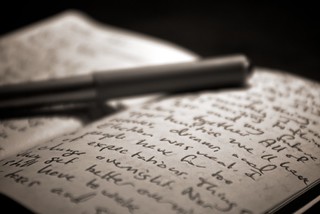 connections:
connections:
After going through a few of the resources dealing with C.R.A.P I’ve realized that it could potentially be very beneficial in the long run and can also be related to other things outside of website development. Being an English major I can directly relate this to the same process that I go through when writing a paper. My introduction paragraph acts as the alignment because it emphasizes main points and shows the reader the direction I’m going. The body paragraphs are developed around the proximity feature because each paragraph only deals with one or two related elements. Contrast is not as obvious but it is used when citing a source, quoting, and also to distinguish the title from the rest of the paper. Repetition is not as easy to relate to, but it can be seen in the layout because each paragraph will start with an idea and then be followed by supporting details.

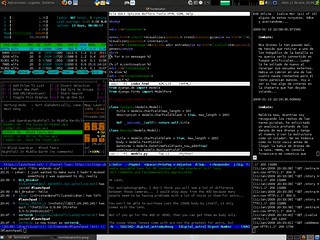

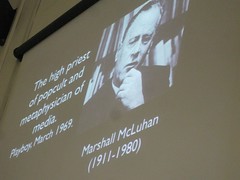 McLuhan keeps repeating and demonstrating throughout the article that “the medium is the message,” but what does that phrase actually mean. What he’s trying to say is that the medium used to deliver a message may actually be stronger than the message it’s self. Well now that we’ve got the main point what does it actually mean? Basically McLuhan is trying to say that the way a person chooses to deliver a message may be more important than the message. Or in even simpler terms he’s saying that the way we receive information could be more important than the information being received.
McLuhan keeps repeating and demonstrating throughout the article that “the medium is the message,” but what does that phrase actually mean. What he’s trying to say is that the medium used to deliver a message may actually be stronger than the message it’s self. Well now that we’ve got the main point what does it actually mean? Basically McLuhan is trying to say that the way a person chooses to deliver a message may be more important than the message. Or in even simpler terms he’s saying that the way we receive information could be more important than the information being received.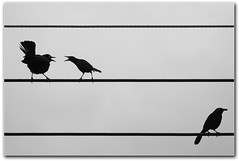 After a couple Google searches I came across an interesting article about
After a couple Google searches I came across an interesting article about 
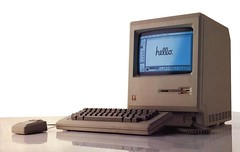


 What empowered me?
What empowered me?
Blog Comments
After reading my fellow classmates blog posts on the articles and discussions in class I feel as though I’ve got a better understanding on many of the articles we were assigned to read. I also found a few blogs that posted some awesome pictures and discussion questions which caused me to analyze the article a little farther and find a connection.
blogs visited
La bella vita
Janae Cherry
Digi Writing 307
Romanes Eunt Domus
Blogage
→ Leave a comment
Posted in Homework
Tagged Comments